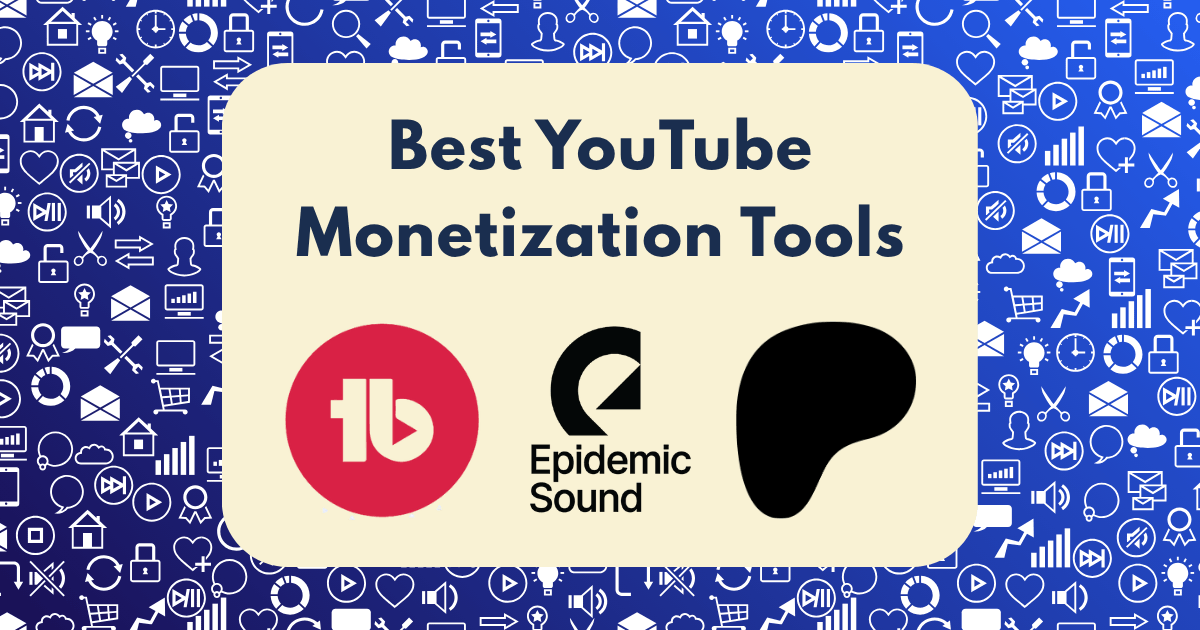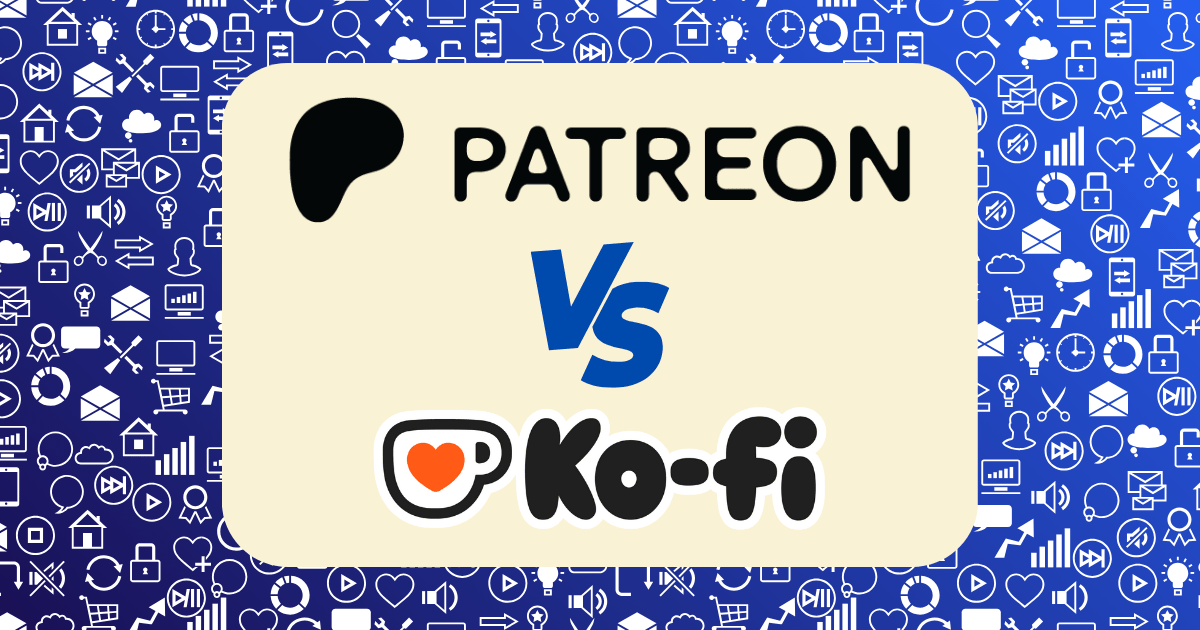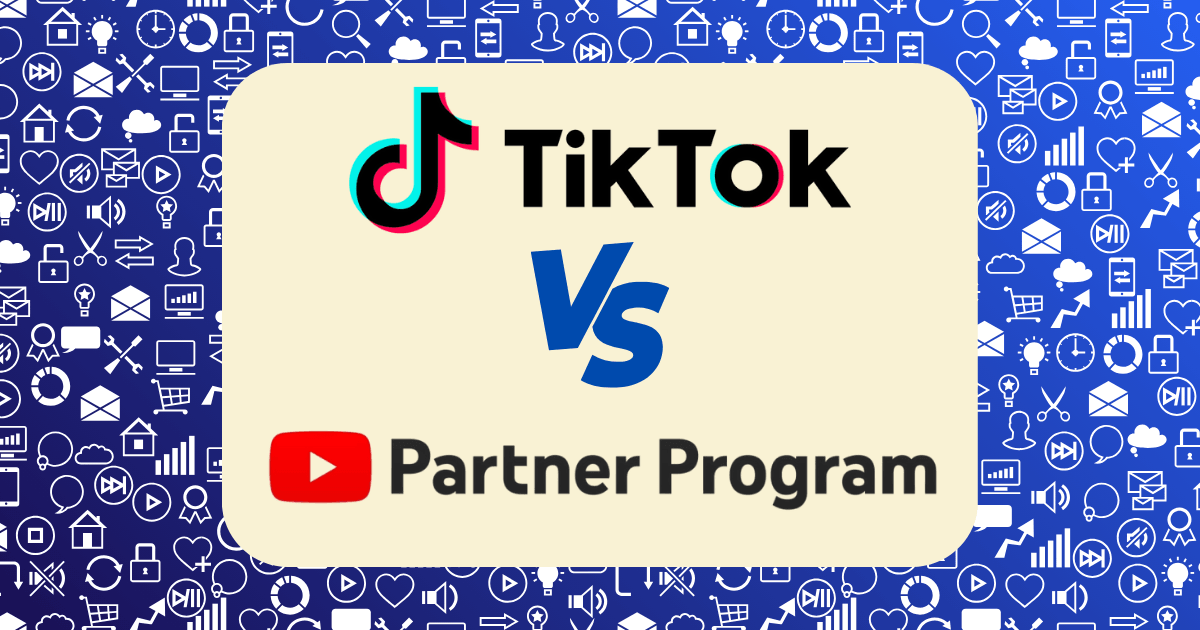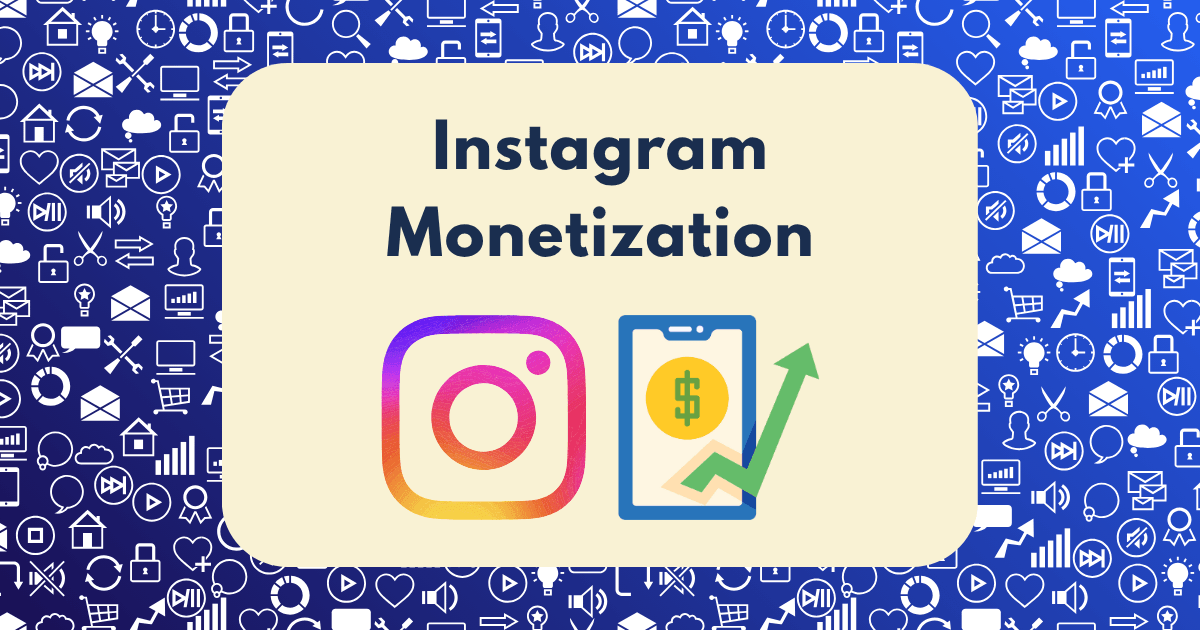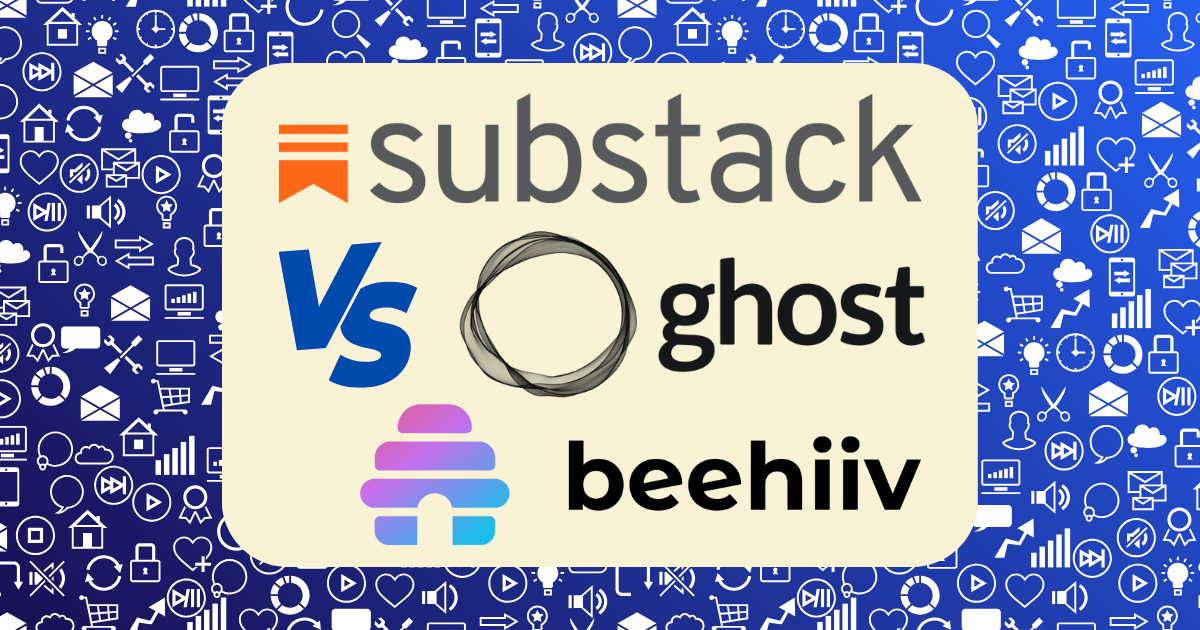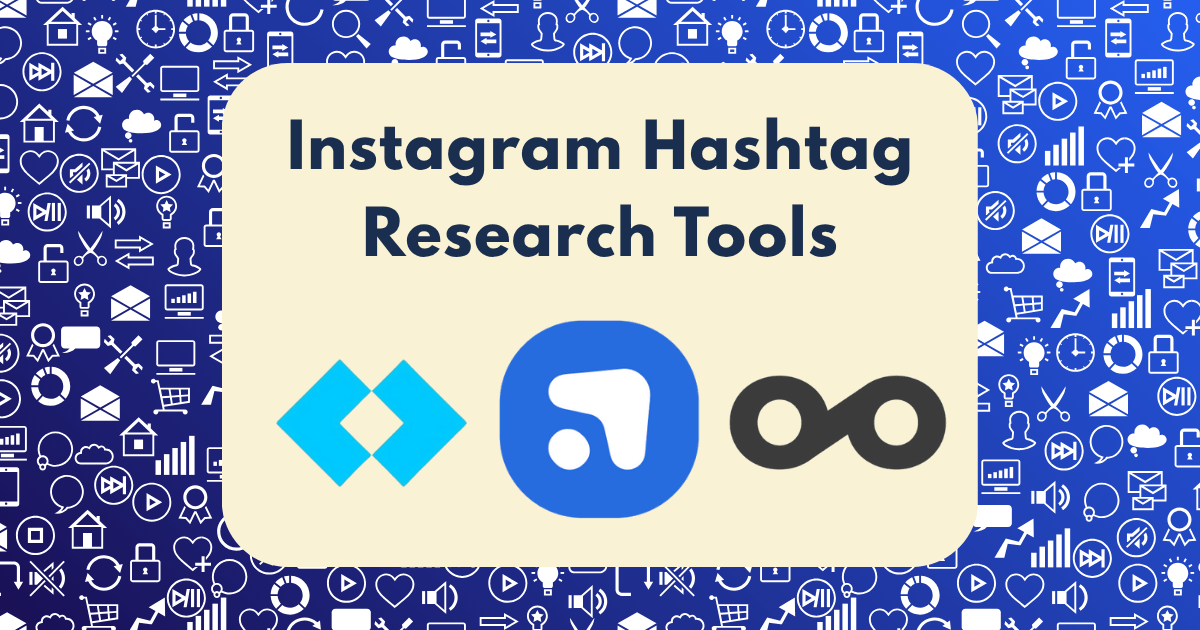Twitter Threads That Sell: Converting Thread Readers into Email Subscribers and Customers

I still remember the frustration.
After six months of posting daily on Twitter, I had amassed a respectable 12,000 followers. My threads regularly got hundreds of likes. People were saving my content.
Yet my bank account told a different story: all that effort was generating exactly zero dollars.
Sound familiar?
The truth is, having Twitter followers means nothing if you can’t convert them into email subscribers and paying customers. It’s the difference between having a hobby and building a business.
Today, I’m going to share the exact thread strategy that transformed my Twitter presence from a vanity project into a conversion machine that consistently:
- Converts 5-7% of thread readers into email subscribers
- Generates $27,000+ in monthly revenue
- Creates a predictable sales system that works while I sleep
Let’s break down the psychology, structure, and execution of Twitter threads that actually sell.
The Fundamental Truth About Twitter Monetization in 2025
Before diving into tactics, let’s address a critical reality: Twitter is not a monetization platform—it’s an attention platform.
According to Hypefury’s research, the ROI of social media averages around 250%, while email marketing delivers a staggering 3600% ROI. This means for every $1,000 invested in email marketing, you can expect about $36,000 back—14 times more effective than social media alone.
This data reveals the fundamental strategy: use Twitter to capture attention, then convert that attention into email subscribers where the real monetization happens.
The Psychology Behind High-Converting Twitter Threads
After analyzing over 500 of my own threads and thousands from other creators, I’ve identified five psychological triggers that drive conversions:
1. Curiosity Gaps
The human brain is wired to seek closure. When we encounter information gaps, we feel compelled to fill them.
High-converting threads create curiosity gaps in the first tweet that can only be resolved by reading the entire thread and ultimately taking your desired action (subscribing, purchasing, etc.).
2. Micro-Commitments
Each tweet in your thread represents a micro-commitment from your reader. When someone reads tweet #1, then #2, then #3, they’re psychologically more likely to commit to the final action you request.
According to B2B Rocket, tweets with threads receive 54% more engagement than single tweets precisely because of this psychological principle.
3. Perceived Value Exchange
Readers must feel they’ve received significant value before you ask for anything. The most effective threads follow an 80/20 rule: 80% pure value, 20% soft selling.
4. Social Proof Integration
Threads that convert include strategic social proof—testimonials, results, and evidence that others have benefited from what you’re offering.
5. Urgency & Scarcity
Limited-time offers, exclusive access, or limited spots create the impetus for immediate action rather than “maybe later” (which usually means never).
The Anatomy of a Thread That Converts: My 7-Part Framework
Now let’s break down the exact structure I use for threads that consistently convert followers into subscribers and customers:
Part 1: The Pattern-Interrupt Hook (Tweet 1)
Your first tweet must stop the scroll. It should create immediate intrigue or tension that can only be resolved by reading further.
Notice how this hook creates immediate curiosity, promises specific results, and signals value through the thread emoji and downward pointing arrow.
According to Socinator, creators who consistently post value-driven threads with strong hooks see up to 20% higher follower growth per month.
Part 2: The Credibility Builder (Tweet 2)
Your second tweet must quickly establish why readers should trust you on this topic.
This tweet uses specific numbers rather than vague claims, instantly building credibility without sounding boastful.
Part 3: The Problem Amplifier (Tweets 3-4)
These tweets should dig into the pain point your audience is experiencing, making them feel deeply understood.
When structured correctly, each tweet moves readers closer to becoming subscribers and customers.
Part 4: The Solution Framework (Tweets 5-8)
Now deliver actionable value that readers can implement immediately, even if they never subscribe or buy.
Then break down each element in subsequent tweets with specific examples.
Part 5: The Transformation Showcase (Tweets 9-10)
Show real results from real people who have implemented what you’re teaching.
Example:
These results aren’t uncommon.
Part 6: The Objection Handler (Tweet 11)
Preemptively address the main objection that might prevent someone from taking your desired action.
The system works because of structure, not size.
Part 7: The Strategic CTA (Tweets 12-13)
Finally, deliver a clear, compelling call-to-action that feels like the natural next step.
Example:
The Technical Setup: Tools That Enhance Conversion
The right tools can significantly boost your thread conversion rates:
1. Landing Page Optimization
According to Folk App, business accounts using strategic thread-to-landing-page funnels see an average 3.2x increase in conversion rates.
I use ConvertKit to create simple, high-converting landing pages specifically for Twitter traffic. The key elements include:
- Headline that mirrors the thread promise
- Bullet points highlighting specific benefits
- Social proof from other Twitter users
- Single-field email capture (reduce friction)
- Mobile optimization (80%+ of Twitter users are on mobile)
2. Thread Scheduling and Analytics
Hypefury ($19/month) allows me to:
- Schedule threads for optimal engagement times
- Automatically retweet my best-performing threads
- Track click-through rates on links
- Set up auto-DMs for new followers
This tool alone has increased my thread CTR by 37% by ensuring I post at peak engagement times.
3. Email Integration
The magic happens when your Twitter and email strategies align. I use a simple 3-email welcome sequence for new subscribers from Twitter:
- Email 1: Deliver promised resource + personal story
- Email 2: Share case study + introduce paid offer
- Email 3: Answer FAQs + time-sensitive offer
This sequence converts 11% of new subscribers into customers within the first week.
Advanced Thread Monetization Strategies
Once you’ve mastered the basic conversion framework, here are three advanced strategies to scale your results:
1. The Thread Series Strategy
Instead of standalone threads, create a series of connected threads released over 5-7 days, each building on the previous one and driving toward a launch or promotion.
Example Series:
- Day 1: Thread on problem identification
- Day 3: Thread on common solutions and why they fail
- Day 5: Thread on your unique approach
- Day 7: Thread announcing limited-time offer
This approach builds anticipation and creates multiple opportunities for conversion.
2. The Ascension Model
Create multiple CTAs for different segments of your audience:
- Low-commitment offer (free guide)
- Mid-commitment offer (low-cost product)
- High-commitment offer (premium solution)
This allows readers to self-select into the appropriate offer based on their readiness to buy.
3. The Retargeting Loop
Use Twitter Ads to retarget people who engaged with your threads but didn’t convert. A small budget ($5-10/day) can significantly increase your conversion rate by keeping you top-of-mind.
According to Monetag, creators who implement strategic retargeting see 40-60% higher conversion rates compared to organic efforts alone.
Case Study: My Most Successful Thread Funnel
Let me share the specific results from my most successful thread funnel to date:
The Thread:
- Topic: “5 AI tools that write high-converting sales copy”
- Structure: Used the 7-part CONVERT framework
- Total tweets: 13
- Writing time: 45 minutes
The Results:
- Impressions: 147,000
- Engagements: 7,200
- Link clicks: 1,890
- Email subscribers: 632 (33.4% conversion from clicks)
- Sales: 47 purchases of my $297 course
- Total revenue: $13,959
The entire process from thread creation to sales took just 72 hours, with the majority of sales coming from the email sequence rather than directly from Twitter.
Common Mistakes That Kill Thread Conversions
Avoid these pitfalls that I see creators make repeatedly:
1. The Hard Sell
Pushing for direct sales from a thread without building value first. This approach typically converts at less than 0.1%.
2. The Missing Bridge
Failing to create a logical connection between your thread content and your call-to-action. Your CTA should feel like the natural next step, not an abrupt pivot.
3. The Value Vacuum
Not delivering enough standalone value in the thread itself. Readers should get significant value even if they never click your link.
4. The Curiosity Killers
Revealing too much too soon, eliminating the curiosity that drives thread reading and link clicking.
5. The Technical Friction
Creating unnecessary steps between interest and action. Each additional click or form field reduces conversion by approximately 10%.
Measuring Thread Performance: The Metrics That Matter
Not all threads are created equal. Here are the key metrics I track for every thread:
- Read-through rate: What percentage of people who read tweet #1 make it to the final tweet?
- Click-through rate: What percentage of people who read the full thread click your link?
- Subscription rate: What percentage of link clickers become email subscribers?
- Conversion rate: What percentage of subscribers become customers?
- Revenue per impression: Total revenue divided by thread impressions
By tracking these metrics for each thread, you can identify patterns and continuously improve your conversion rates.
The Mindset Shift: From Content Creator to Conversion Strategist
The most important change I made was shifting my identity from “Twitter content creator” to “conversion strategist who happens to use Twitter.”
This subtle but powerful shift meant:
- Every thread had a strategic purpose
- Every tweet was crafted with conversion psychology in mind
- Every metric was tied to business outcomes, not vanity metrics
According to Medium’s 2025 creator economy analysis, writers who approach Twitter with this strategic mindset earn an average of $3,000+ monthly, even with relatively small audiences.
Your 7-Day Action Plan
Ready to implement this strategy? Here’s your day-by-day plan:
Day 1: Conversion Foundation
- Create a simple landing page with a valuable lead magnet
- Set up a basic 3-email welcome sequence
- Define your core offer and value proposition
Day 2: Thread Strategy
- Identify your top 3 thread topics based on audience needs
- Create your first thread using the CONVERT framework
- Prepare tracking links to measure results
Day 3: Execution
- Post your first strategic thread at optimal time
- Engage with all replies within the first hour
- Monitor initial metrics
Days 4-5: Optimization
- Analyze performance data
- Refine your landing page based on feedback
- Adjust email sequence as needed
Days 6-7: Scale
- Create your second strategic thread incorporating learnings
- Begin testing small-budget retargeting ads
- Document your results and refine your system
The Future of Twitter Monetization
As we move through 2025, Twitter continues to evolve as a monetization platform. Here are three trends to watch:
- The rise of thread-first creators who optimize specifically for the unique psychology of Twitter rather than repurposing content from other platforms
- Increased integration between Twitter and email platforms, making the conversion process even more seamless
- More sophisticated thread analytics tools that provide deeper insights into reader behavior and conversion patterns
The creators who will thrive are those who master the art and science of thread-based conversion funnels.
Final Thoughts: The Untapped Opportunity
Despite Twitter’s massive user base and high-intent audience, most creators still haven’t mastered the art of thread-based conversions. This creates an enormous opportunity for those who implement the strategies I’ve outlined.
Remember: Twitter threads aren’t just content—they’re the entry point to your value ladder. When structured correctly, they transform passive scrollers into engaged subscribers and loyal customers.
The question isn’t whether you should be creating Twitter threads—it’s whether your threads are strategically designed to convert.
What will you do differently in your next thread?


